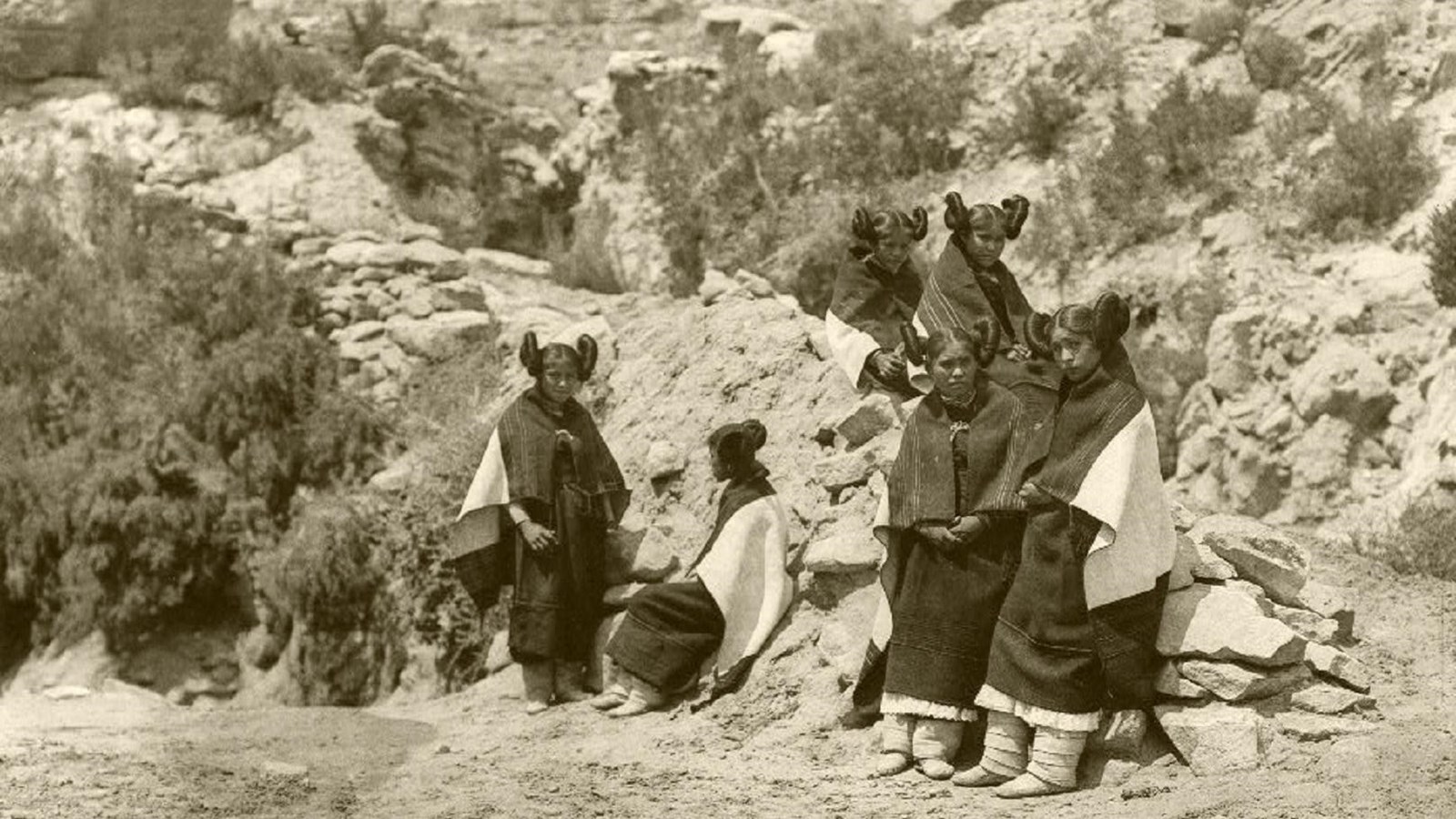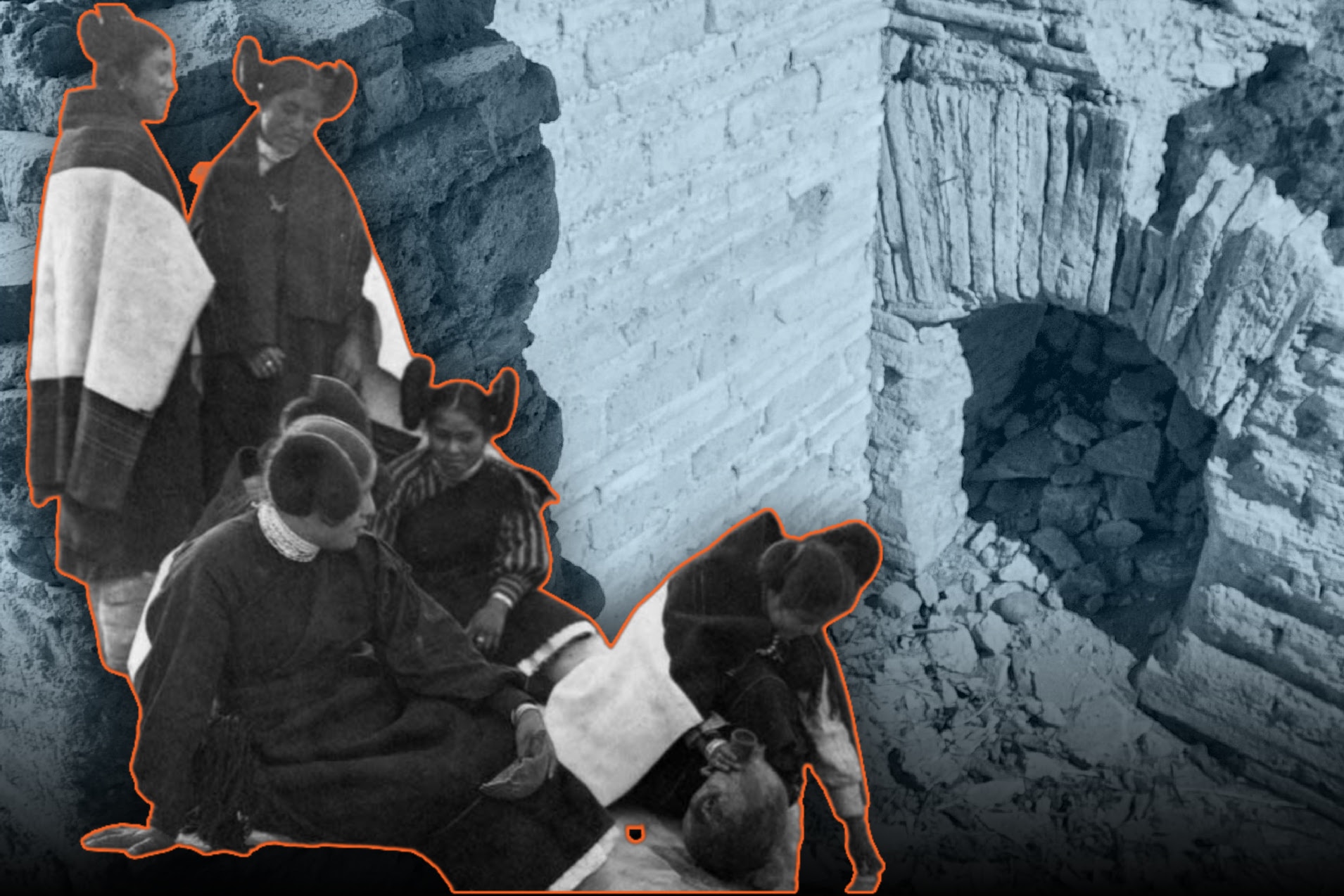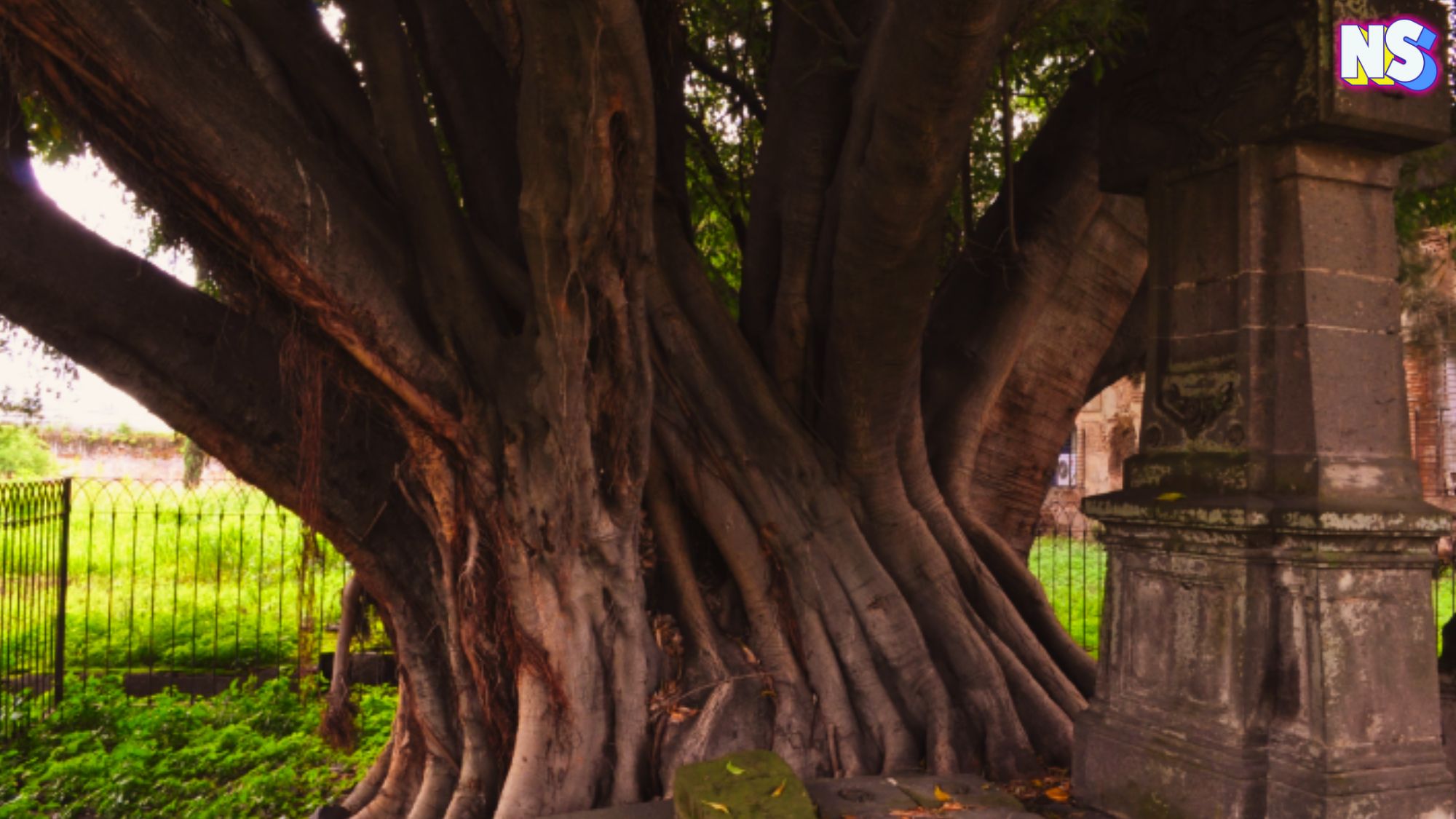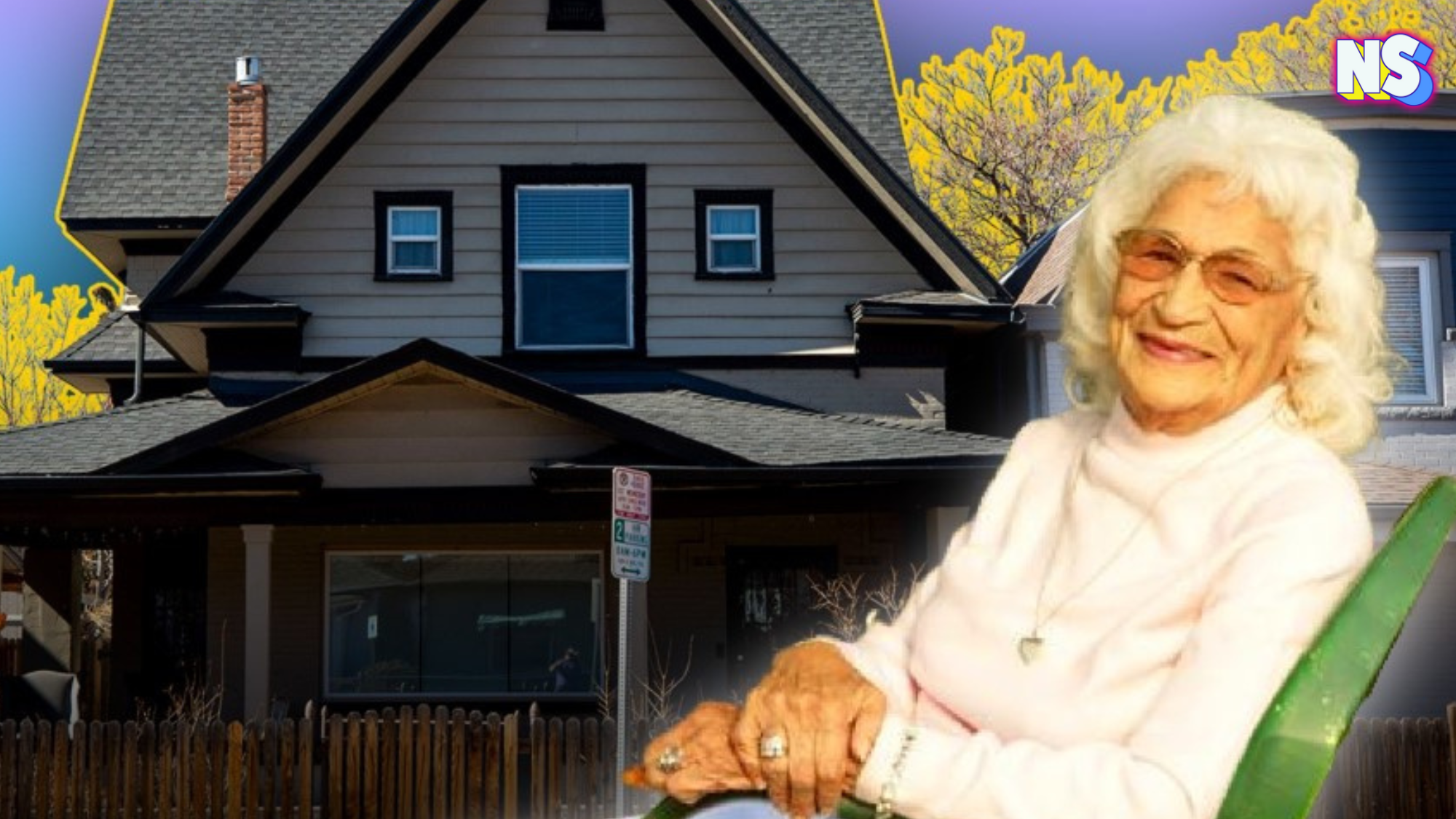Image courtesy of Nuestro Stories.
“Hopi” is a word that roughly translates to people of peace; a tribe whose history in Arizona dates back 2000 years, but whose legacy as a people extends thousands of years beyond that.
According to the Inter-Tribal Council of Arizona, the Hopi legends indicate that they migrated to Arizona from varied areas of what is now South and Central America, more specifically from Mexico.

Living in traditional pueblos, the Hopi tribe believed in a communal form of living, each taking care of another. They believed deeply in the nature of the Earth and that each living thing had a soul. They were also highly protective of their rituals and practices. Which makes the ruins at Awatovi all the more significant.
In 1540 an expedition led by Francisco Vasquez de Coronado arrived on the land. With orders to find settlements north of Mexico, Coronado and his conquistadors made their way through the terrain, with the Awatovi community being the first that the Spanish encountered.
The first interaction, for all accounts, was peaceful, and for the nearly 100 years that followed, most encounters between the Spanish and the Awatovi remained that way. It was in 1700 when that attitude changed.
Until then, the land held no major significance for the Spanish. The land wasn’t necessarily fertile, nor was it filled with gold like many other regions the Spanish initially colonized. But in the 17th century, the Spanish decided it was time to spread the Spanish language and religion to the Awatovi.
As Jesuit and Franciscan priests began to infiltrate the living spaces of the tribe, settling amongst them and eventually building a mission in Awatovi.

While the Hopi initially resisted the conversion, a larger conversion came after a priest claimed to have healed a blind boy in the tribe by placing a crucifix upon his eyes.
Legend has it that though many of the tribe converted, they continued to practice their cultural traditions in secret. The fear of Christian influence by many of the traditionalists in the Hopi tribe inspired an ultimatum: resist Spanish supremacy or face the consequences in order to preserve the culture.
Not long after, the Hopi decided to protect their own culture by any means.
In 1701, the tribe attacked the mission, destroying it and any who resided within its walls. The Awatovi village was deserted, leaving only the ruins of the tribal dwellings behind as a marker on the land.
Fun facts:
- In the 1930s, Hopi artist Fred Kabotie was commissioned by the Peabody Museum to reproduce the prehistoric murals found during the excavation of the Awatovi ruins.
- When Peabody's initial Department of the Interior permit ran out in 1939, the site, still on tribal lands, was directly under Hopi control. The tribe decided not to renew the permit.
Before you go:
- You cannot access the ruins without a Hopi guide.
- Contact the Hopi Cultural Center (Second Mesa) for information or access.
Location: Arizona, United States.
Address: Indian Wells, AZ 86031, United States
Google 360º View: While the Awatovi Ruins are permanently closed, and you can only access them with a Hopi guide, you can take a look at the place here.





